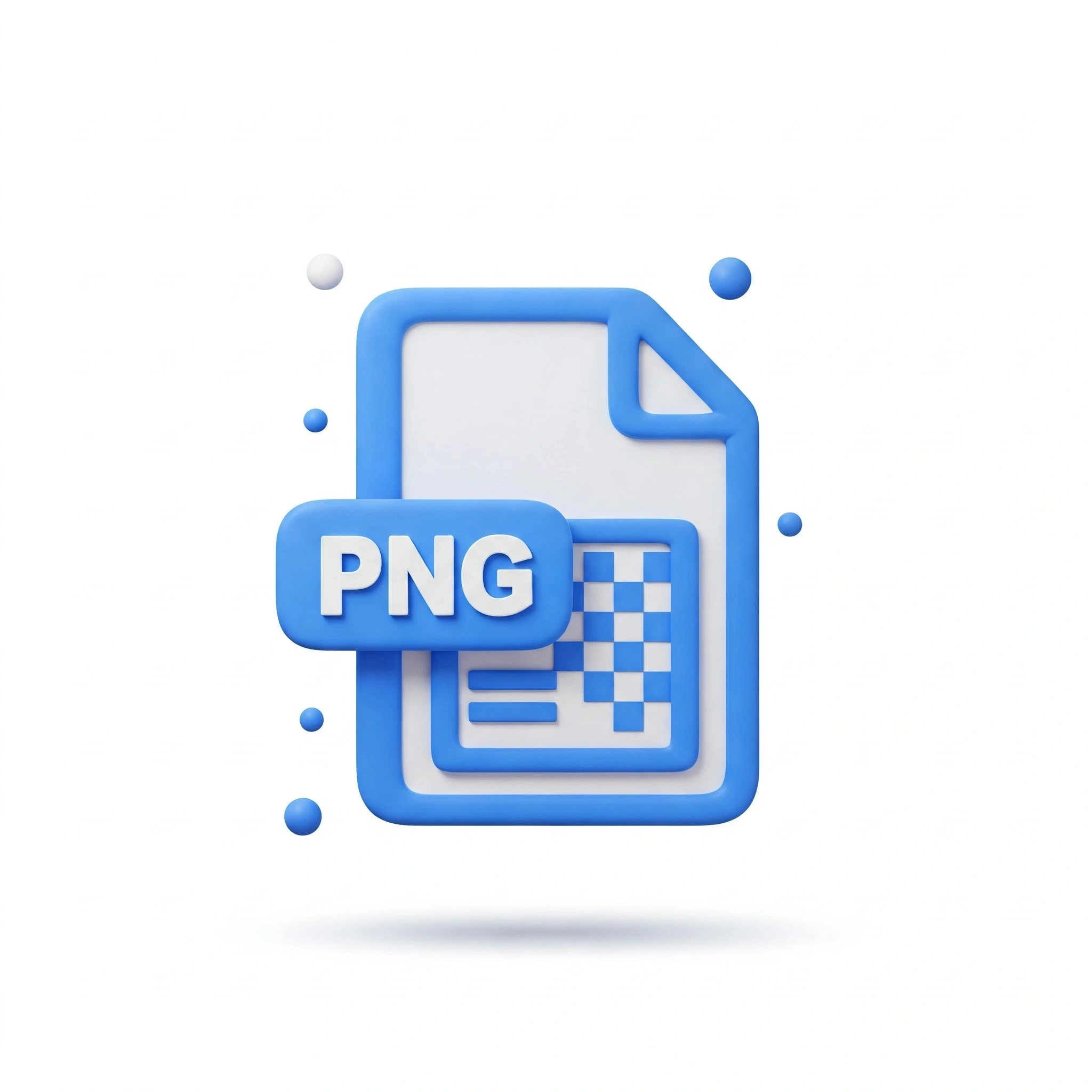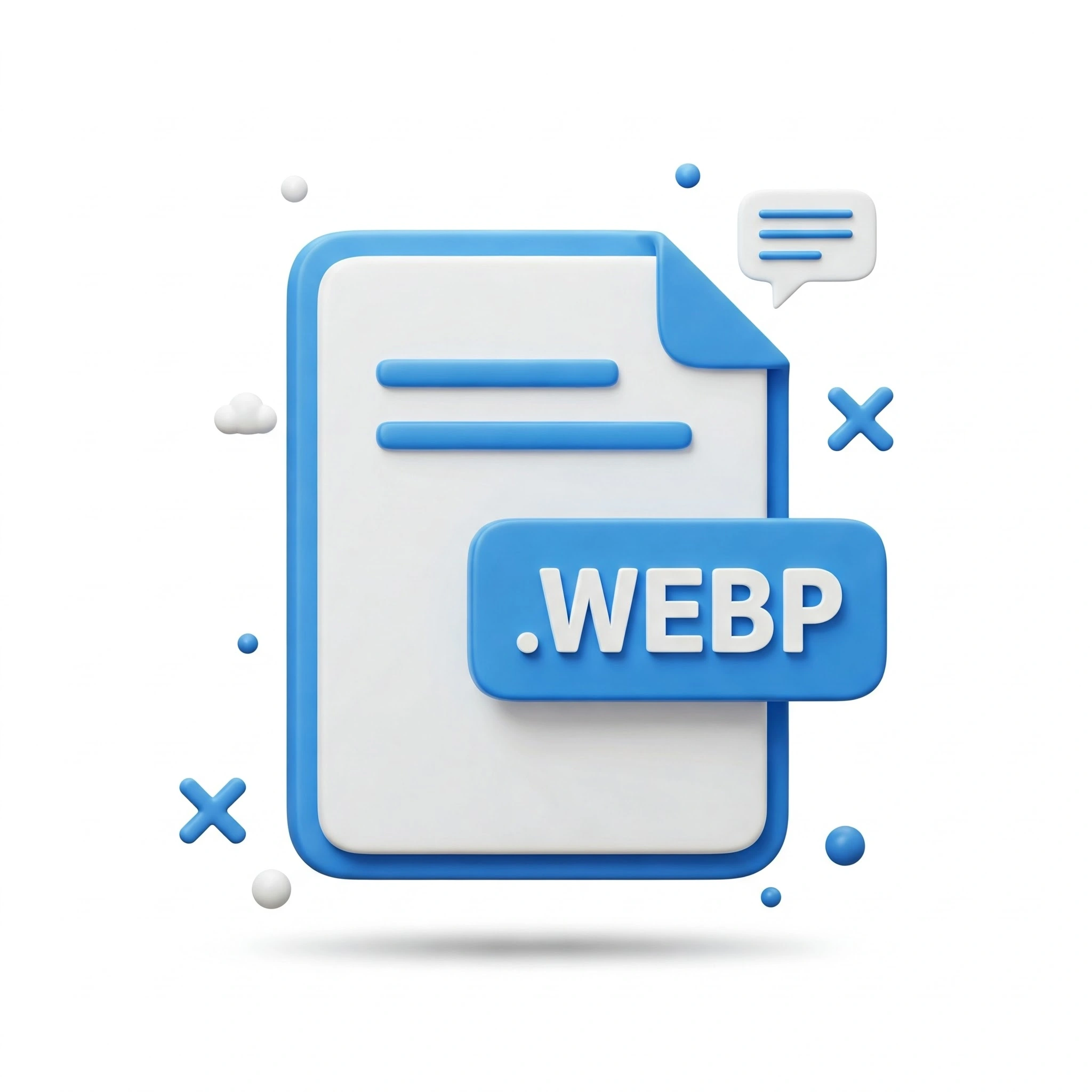JPG vs. PNG vs. WEBP: Choosing the Right Image Format
Picking the right image format can feel confusing, but understanding the key differences between JPG, PNG, and WEBP helps you optimize your images for websites, sharing, and storage. Let's break down when to use each one.
JPG (or JPEG): Best for Photographs

JPG (Joint Photographic Experts Group) is the most common image format, especially for photographs and complex images with millions of colors and smooth gradients.
- Compression: JPG uses "lossy" compression. This means it reduces file size significantly by discarding some image data that the human eye might not easily notice. You can often adjust the compression level – higher compression means smaller file size but lower quality.
- Transparency: JPG does not support transparency. Any transparent areas will be filled with a solid color (usually white).
- When to Use: Ideal for photographs, complex illustrations with many colors, and situations where small file size is crucial and perfect image fidelity isn't the absolute top priority. Most digital cameras save photos as JPGs.
PNG: Best for Graphics & Transparency

PNG (Portable Network Graphics) was developed as a more powerful alternative to the older GIF format. It excels where sharp details and transparency are needed.
- Compression: PNG uses "lossless" compression. It reduces file size without discarding any image data, meaning the quality remains exactly the same as the original. This usually results in larger file sizes than JPG for photographs, but often smaller sizes for simpler graphics.
- Transparency: PNG's biggest advantage is its excellent support for alpha transparency. This allows for backgrounds to show through parts of the image, making it perfect for logos, icons, and graphics placed over other content.
- When to Use: Essential for logos, icons, charts, text-heavy images, screenshots, and any graphic requiring a transparent background. Use it when image quality must be preserved perfectly.
WEBP: The Modern Web Choice

WEBP is a newer format developed by Google specifically for the web. It aims to provide superior compression compared to both JPG and PNG.
- Compression: WEBP can use both lossy and lossless compression, often achieving significantly smaller file sizes than JPG (for lossy) and PNG (for lossless) at comparable visual quality.
- Transparency: WEBP supports alpha transparency, just like PNG, but often with smaller file sizes.
- Animation: WEBP also supports animation, making it a potential replacement for animated GIFs.
- When to Use: Increasingly the preferred format for web images due to its efficiency. It helps websites load faster. While browser support is now widespread, very old browsers might not support it (though this is becoming less of an issue). Our converter allows you to easily convert other formats to WEBP for web optimization.
- Note on HEIC/HEIF: Our tool also accepts HEIC/HEIF files, common on newer iPhones. These offer similar compression benefits to WEBP but have less universal support outside the Apple ecosystem, which is why converting them to JPG, PNG, or WEBP is often necessary for sharing or web use.
Quick Summary
- Use JPG for photos where file size is important.
- Use PNG for graphics needing transparency or perfect quality (logos, icons).
- Use WEBP for web images to get the best balance of quality, features (transparency), and small file size.
- Convert HEIC when you need wider compatibility.
Use our Simple Online Converter to easily switch between these formats based on your needs!